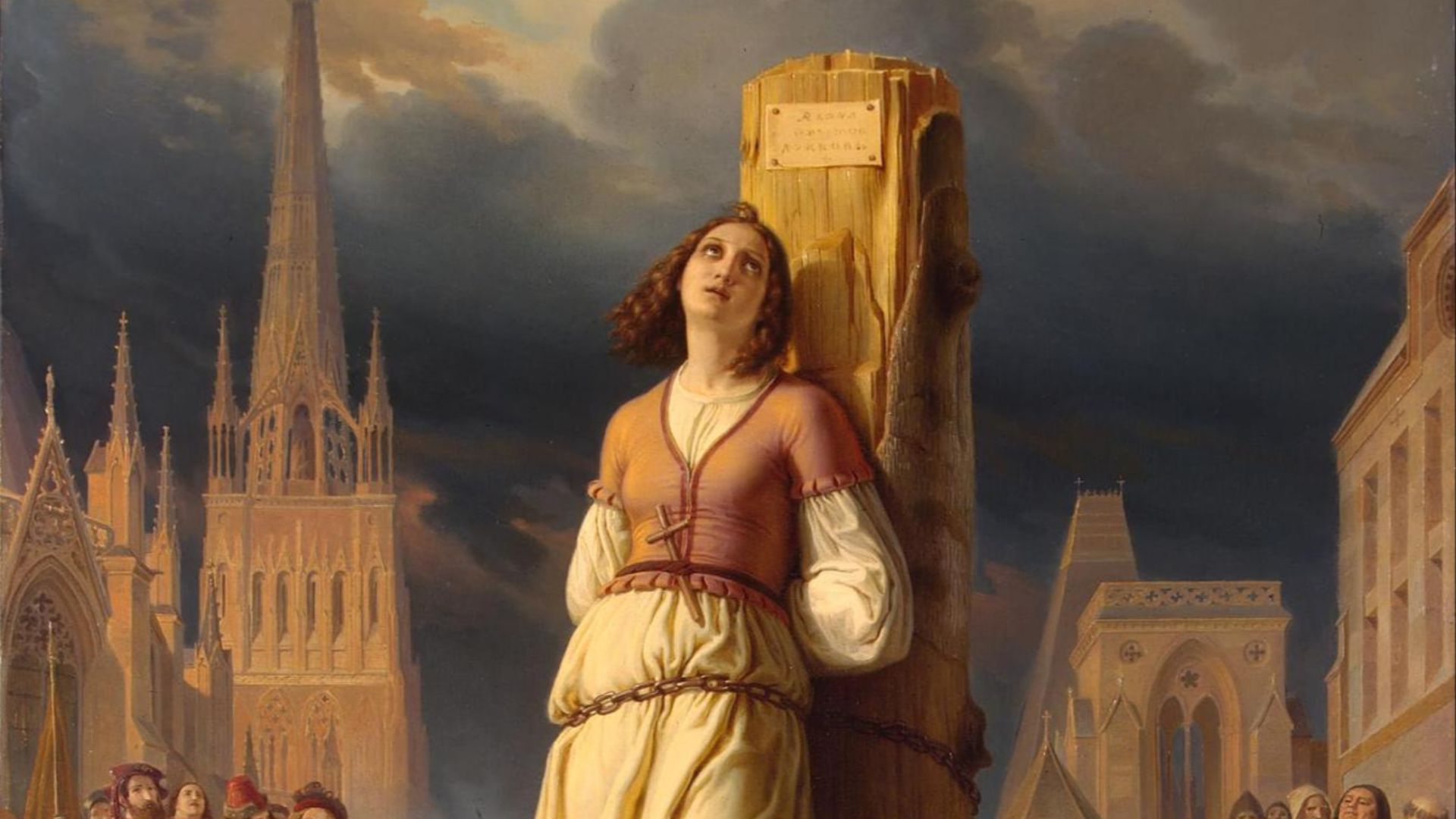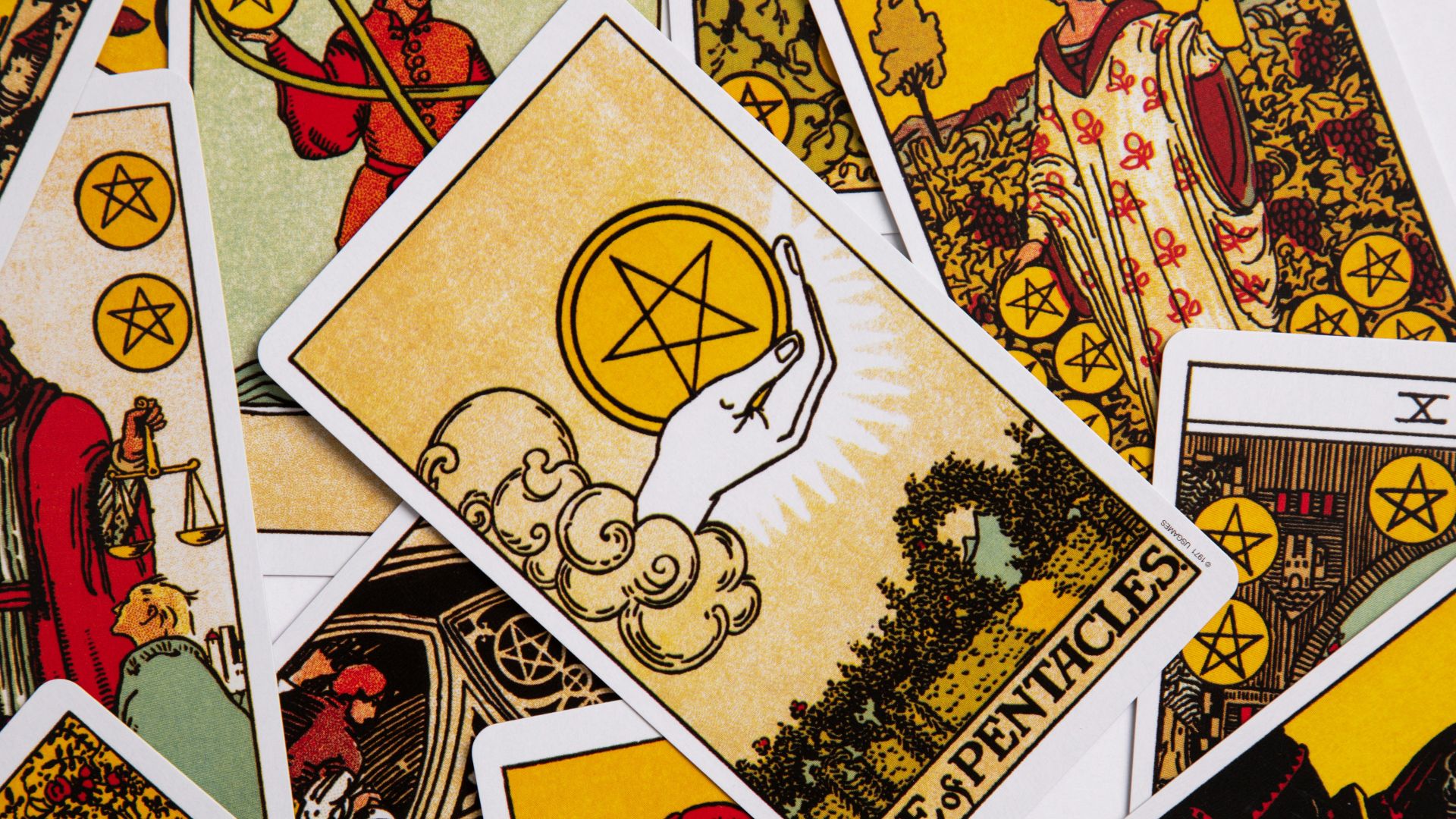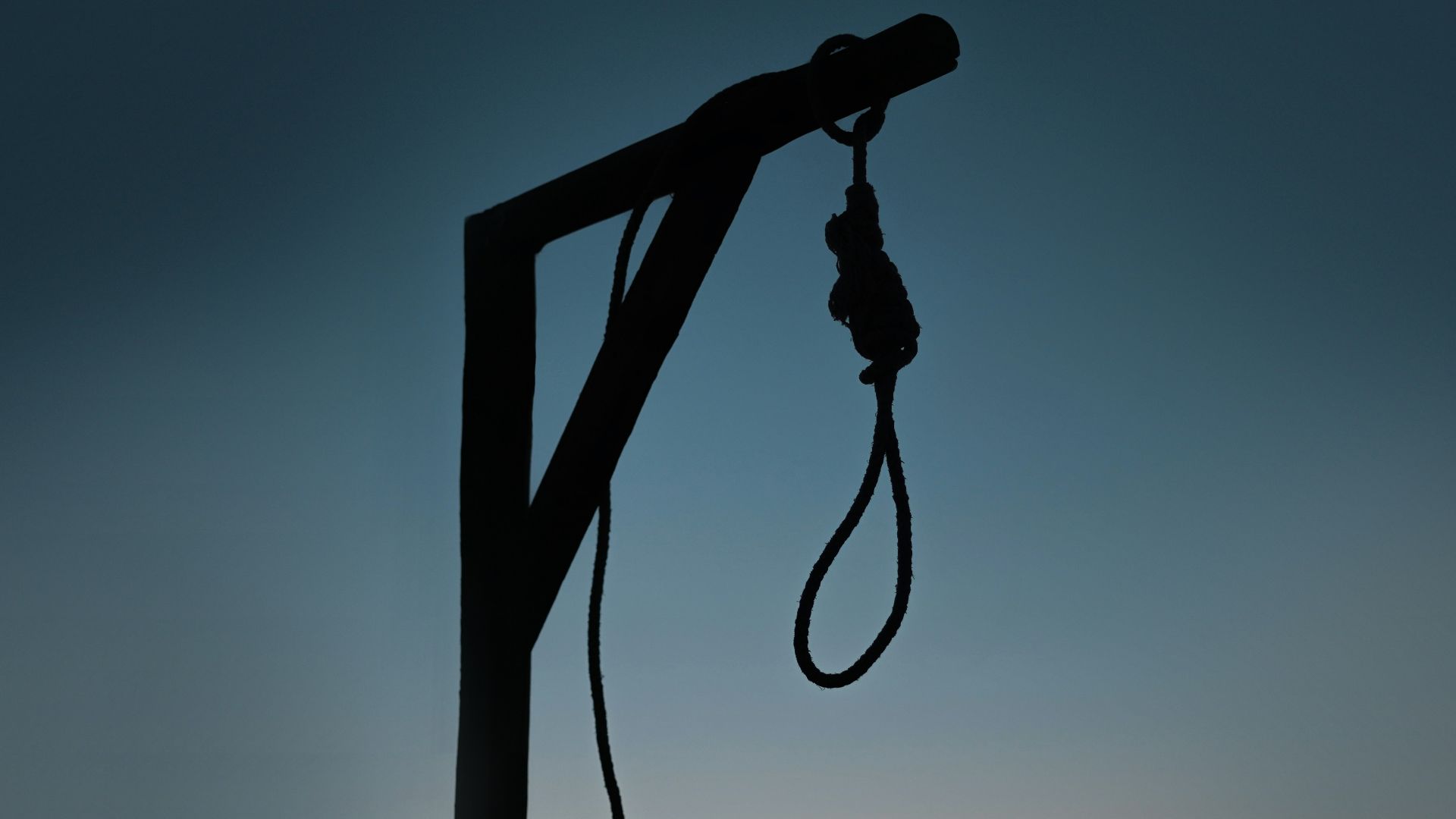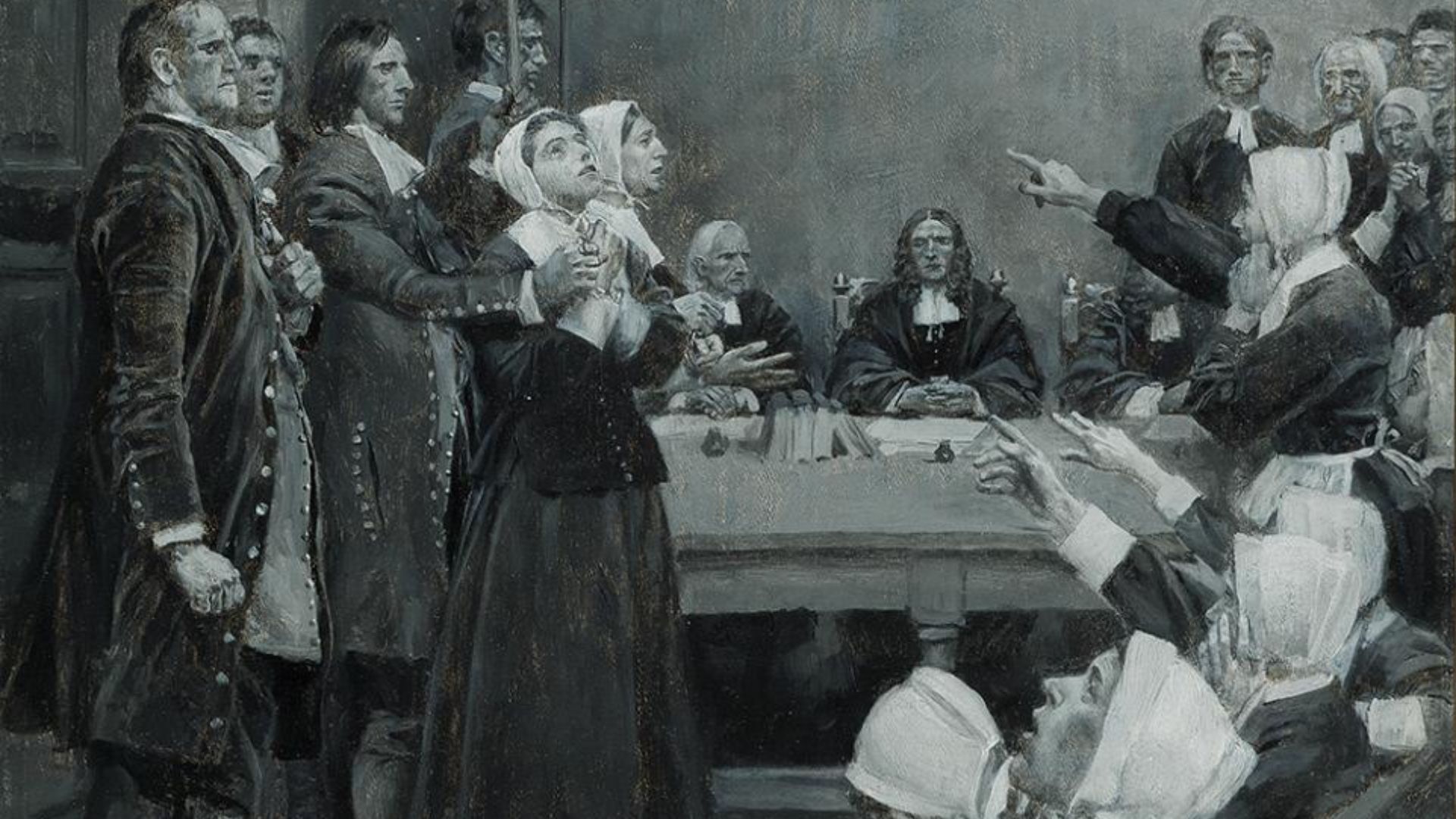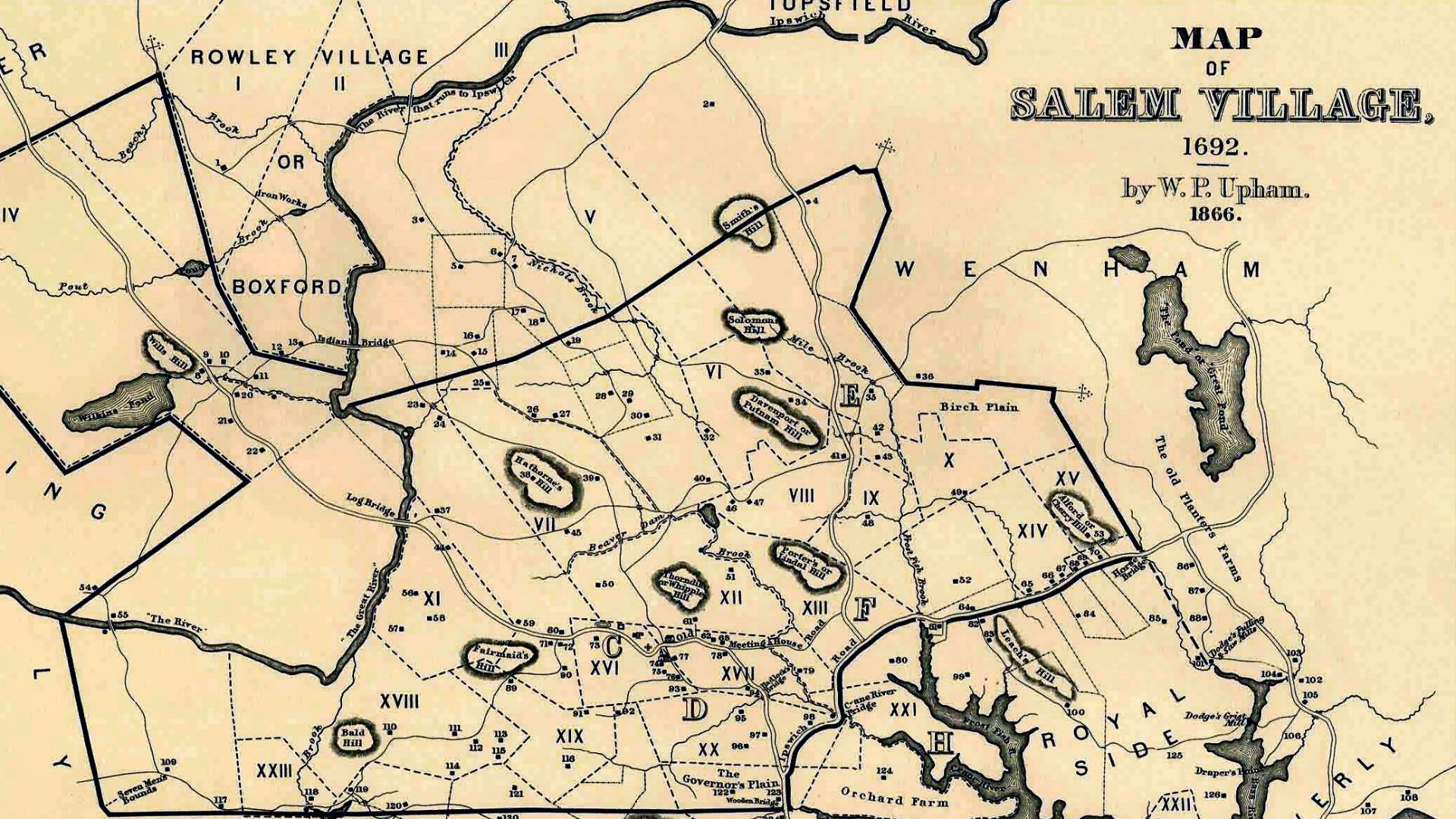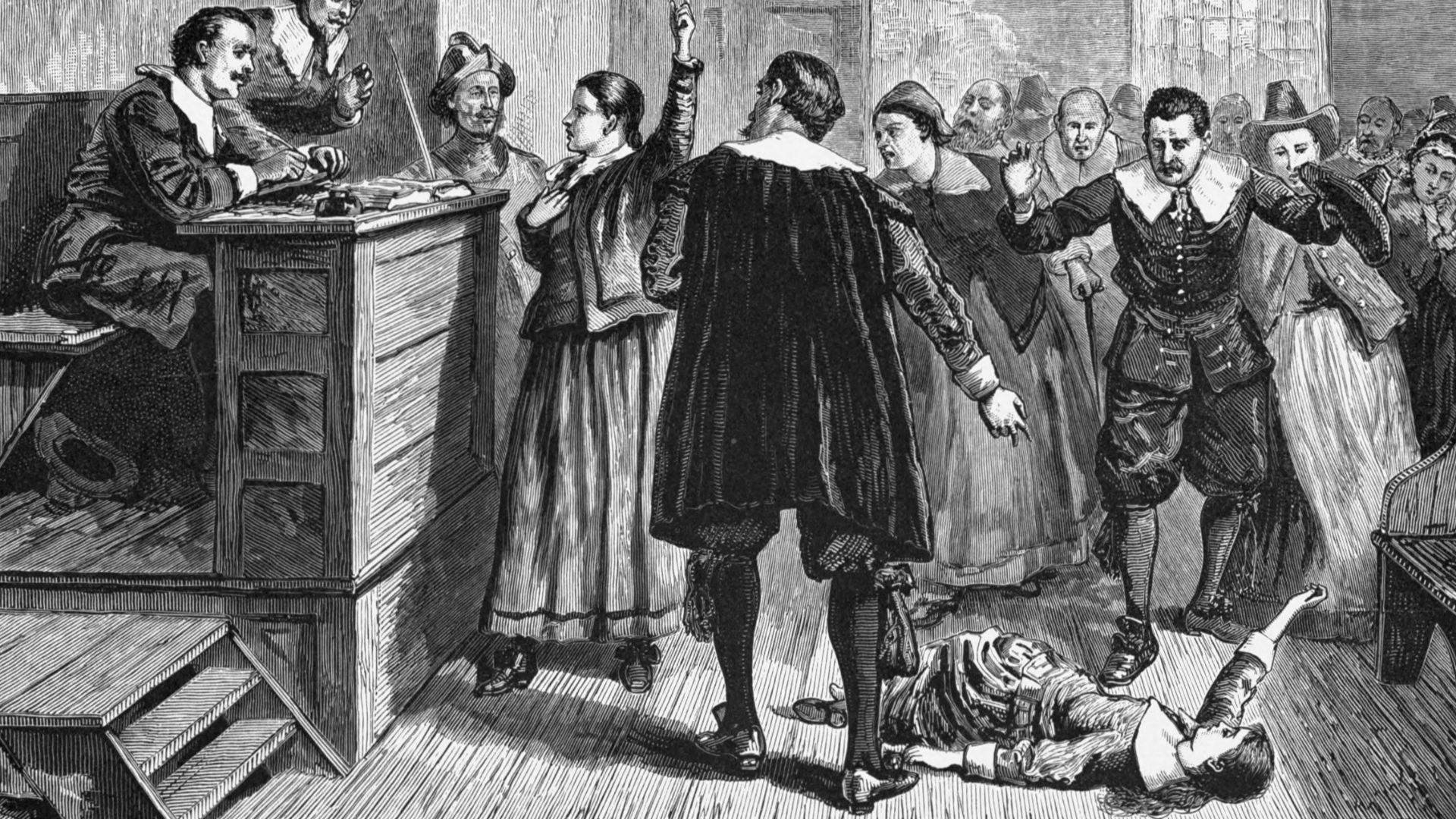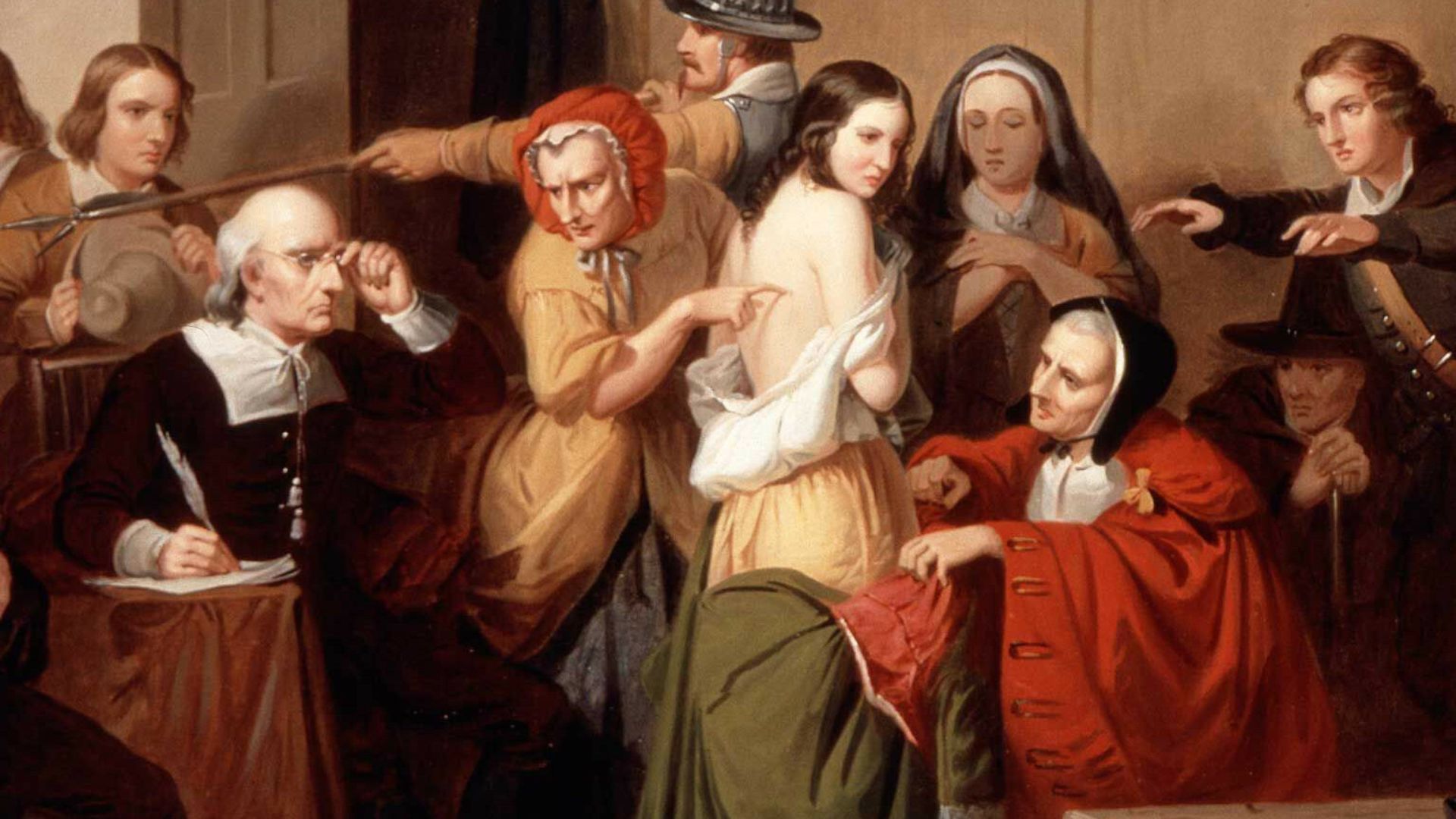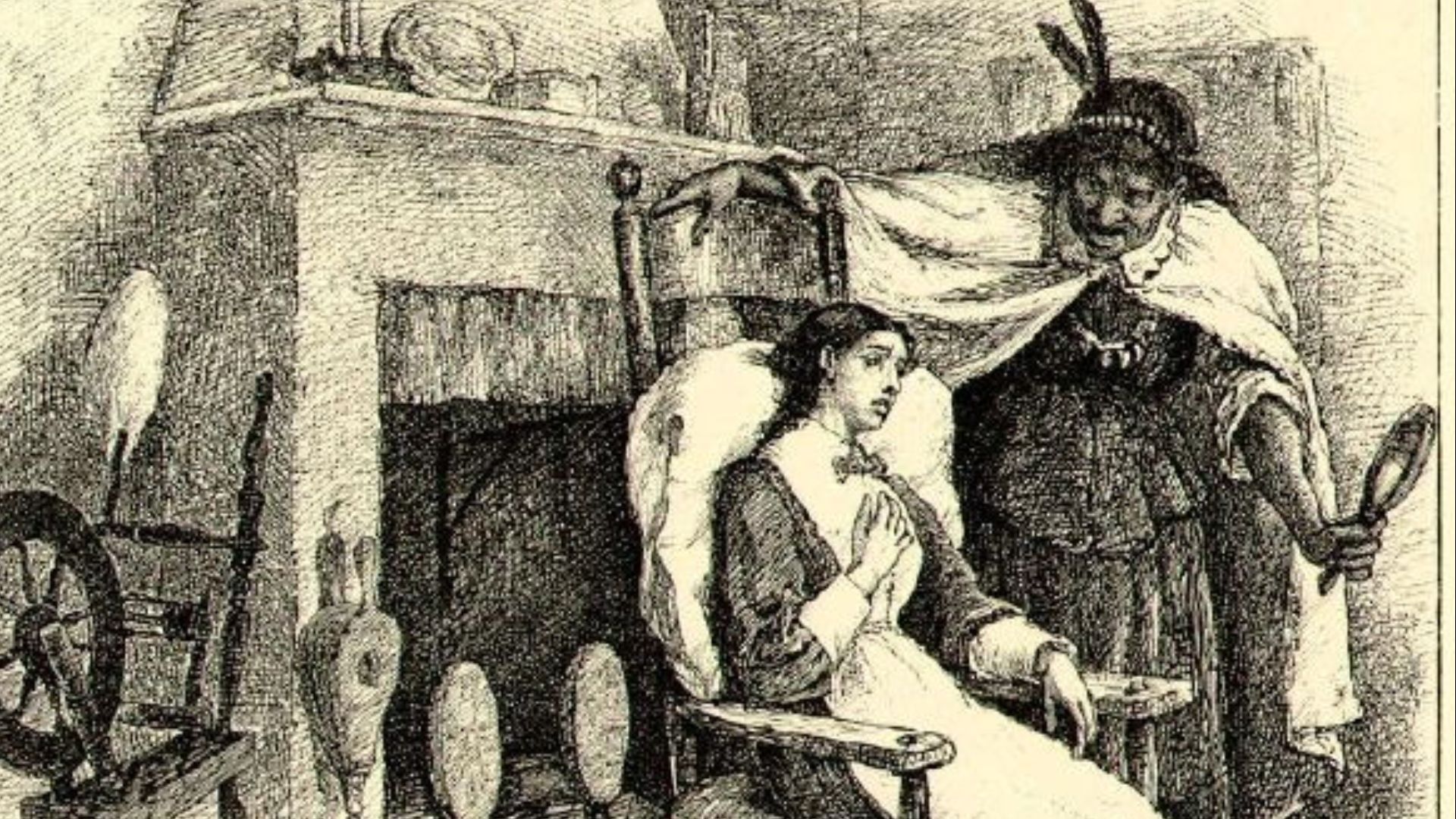Separating Fact From Fiction
You probably think you know more about the Salem Witch Trials than you actually do. We aren't saying this to insult your intelligence; rather, in the centuries since Salem, the trials have become sensationalized and incorrect information has been treated as fact. Let's sort out right from wrong.
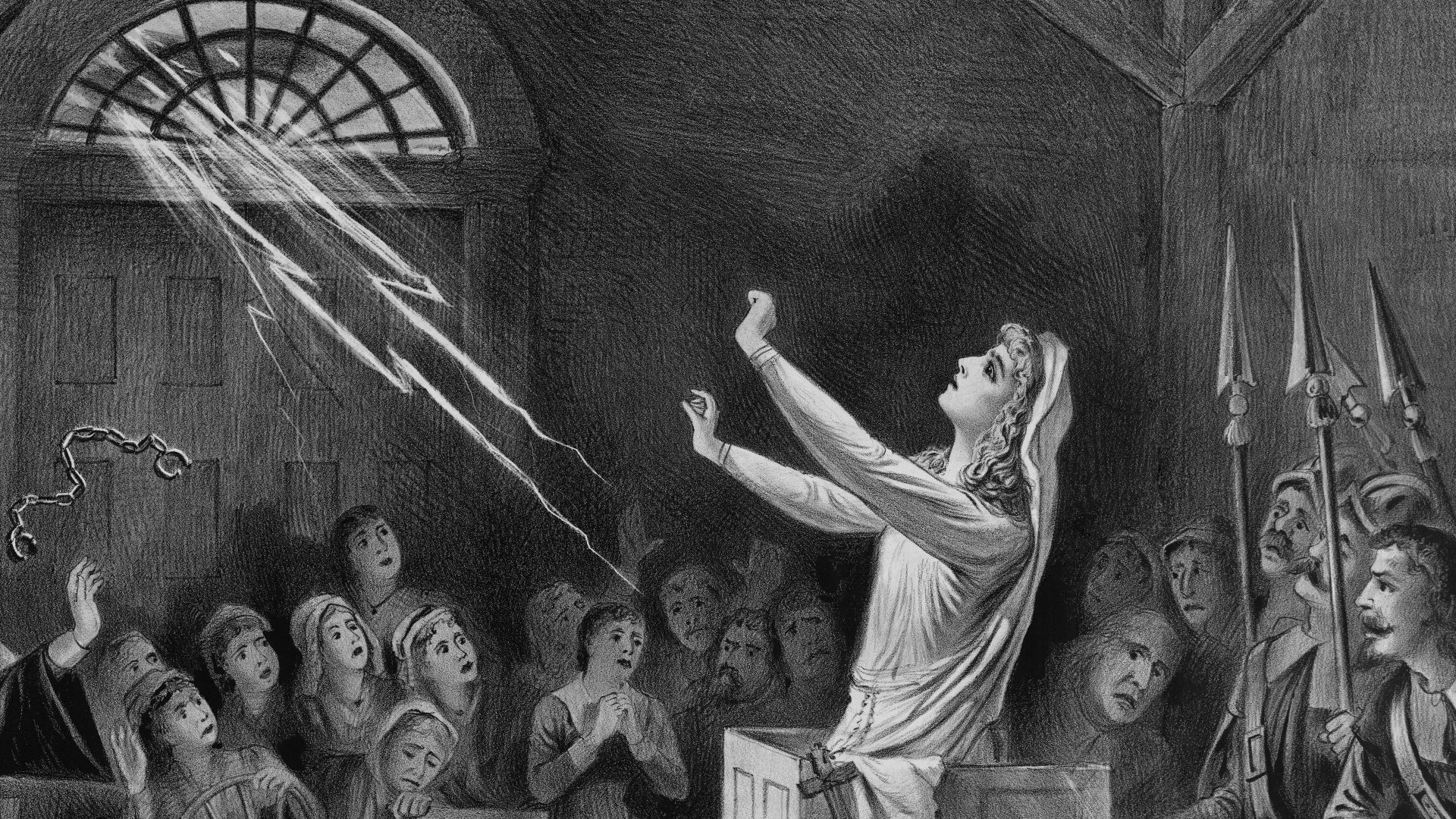 Joseph E., ca. 1837-1914, artist. on Wikimedia
Joseph E., ca. 1837-1914, artist. on Wikimedia
1. Witches Were Burned
The first myth is also the most widespread. While accused witches were burned at the stake—Joan of Arc being the most famous example—this practice was common in Medieval Europe. It fell out of fashion before the colonization of North America.
2. Women Were targeted
We don't blame you for believing this one as the overwhelming majority of the accused were women. While women were more likely to be witches thanks to Original Sin, they were not the only ones capable of witchcraft. Men could be witches, though they were less likely.
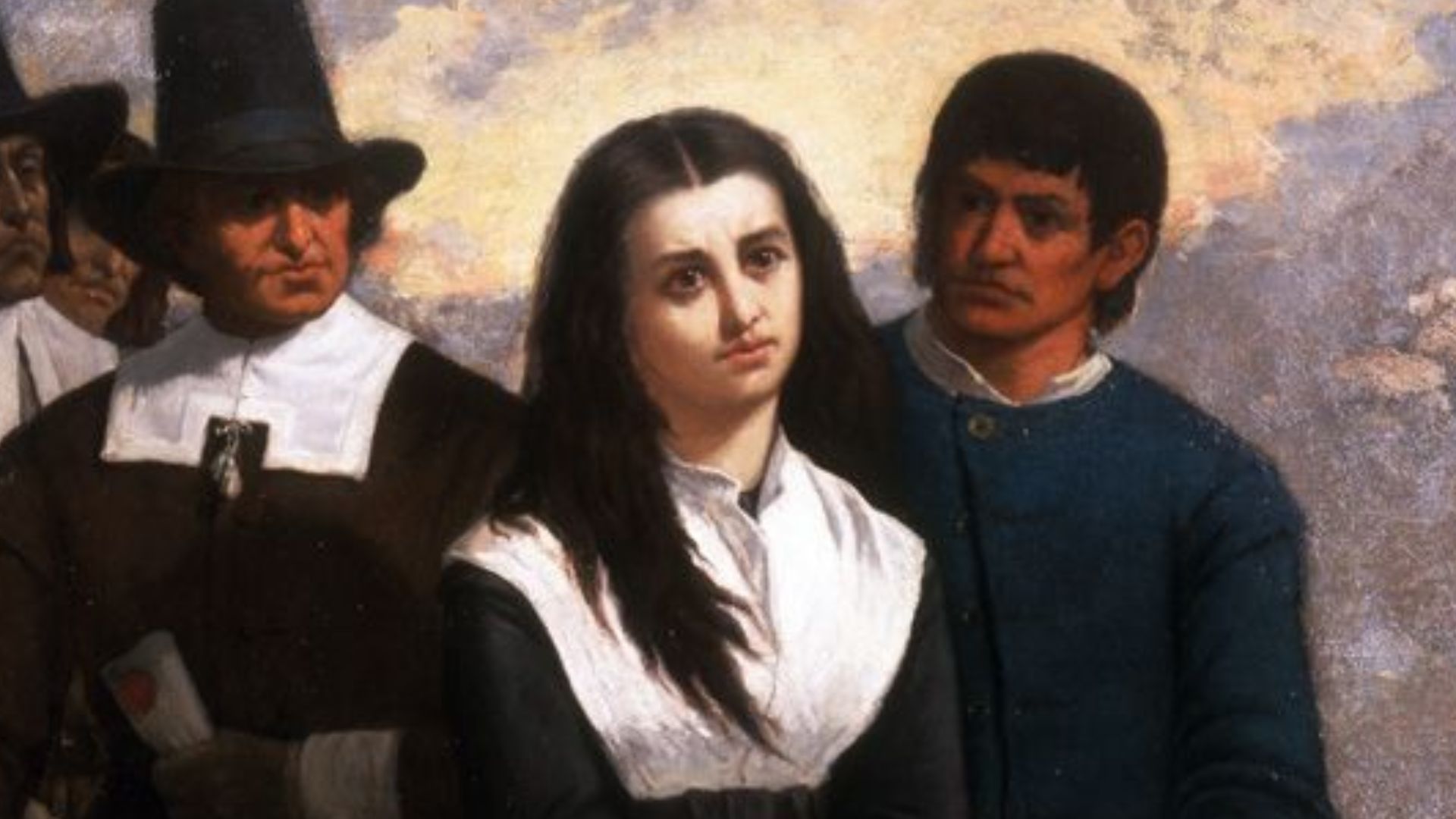 Thomas Satterwhite Noble on Wikimedia
Thomas Satterwhite Noble on Wikimedia
3. America's First Witch Trial
Salem is the most famous witch trial in the country, so it must have been the first, right? Wrong. Part of the reason why Salem became so mythologized isn't because it was the first, but because of how widespread it was. Nearly 300 people were accused of witchcraft—about a tenth of the population.
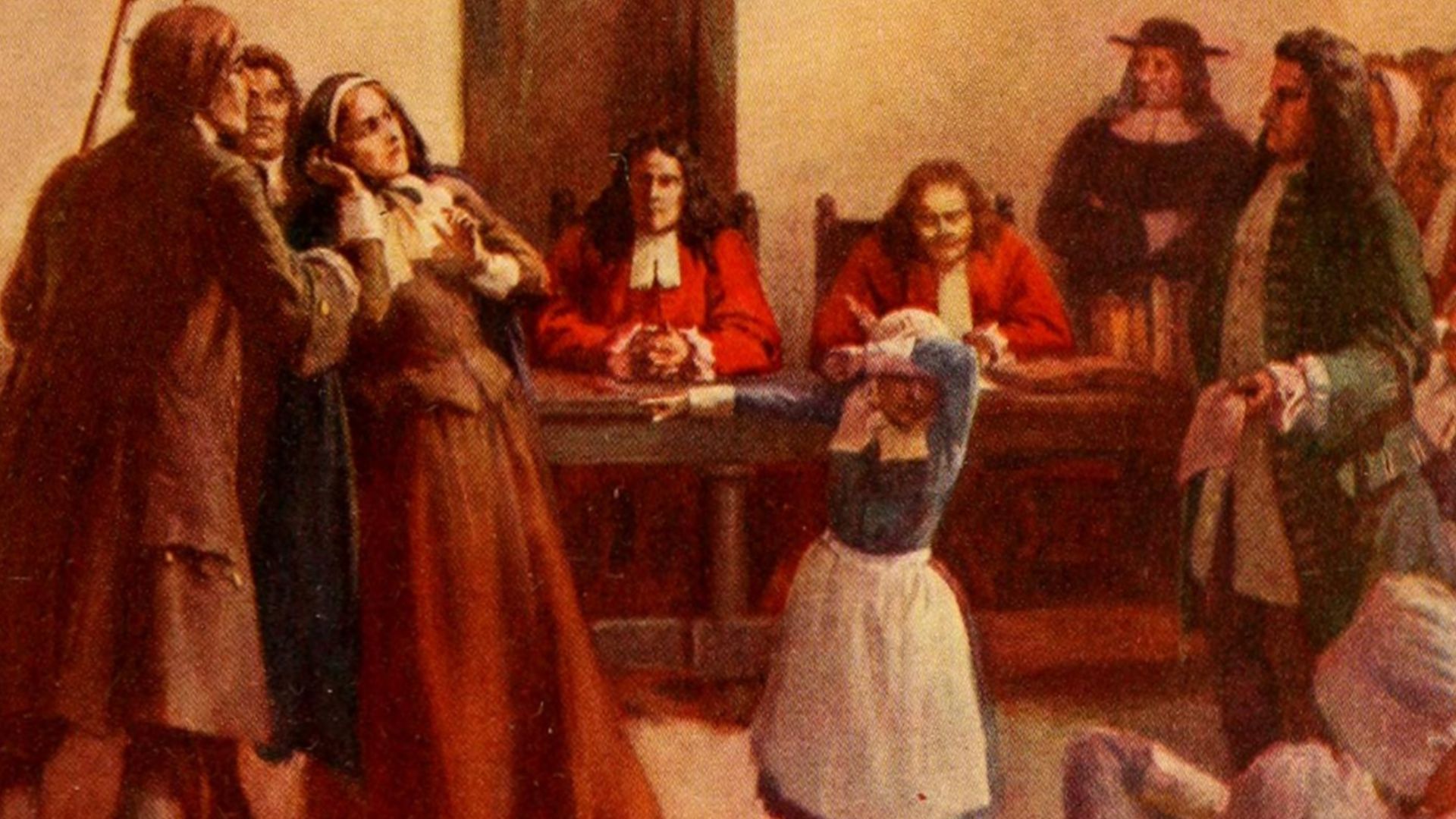 Frank O. Small (1860-1915) on Wikimedia
Frank O. Small (1860-1915) on Wikimedia
4. Caused By Superstition
This one should be a no-brainer; what else would lead to witch trials but witchcraft? In reality, the answer was far more complicated than superstition. While people did fear poppets and poxes, there was a lot more going on.
5. It Was Only Salem
It's easy to think of the Salem witch trials as a closed event where the rest of New England was carrying on as usual while one town descended into madness. In fact, similar cases occurred around the same time, some of them even in Massachusetts. Salem wasn't as insular as you think.
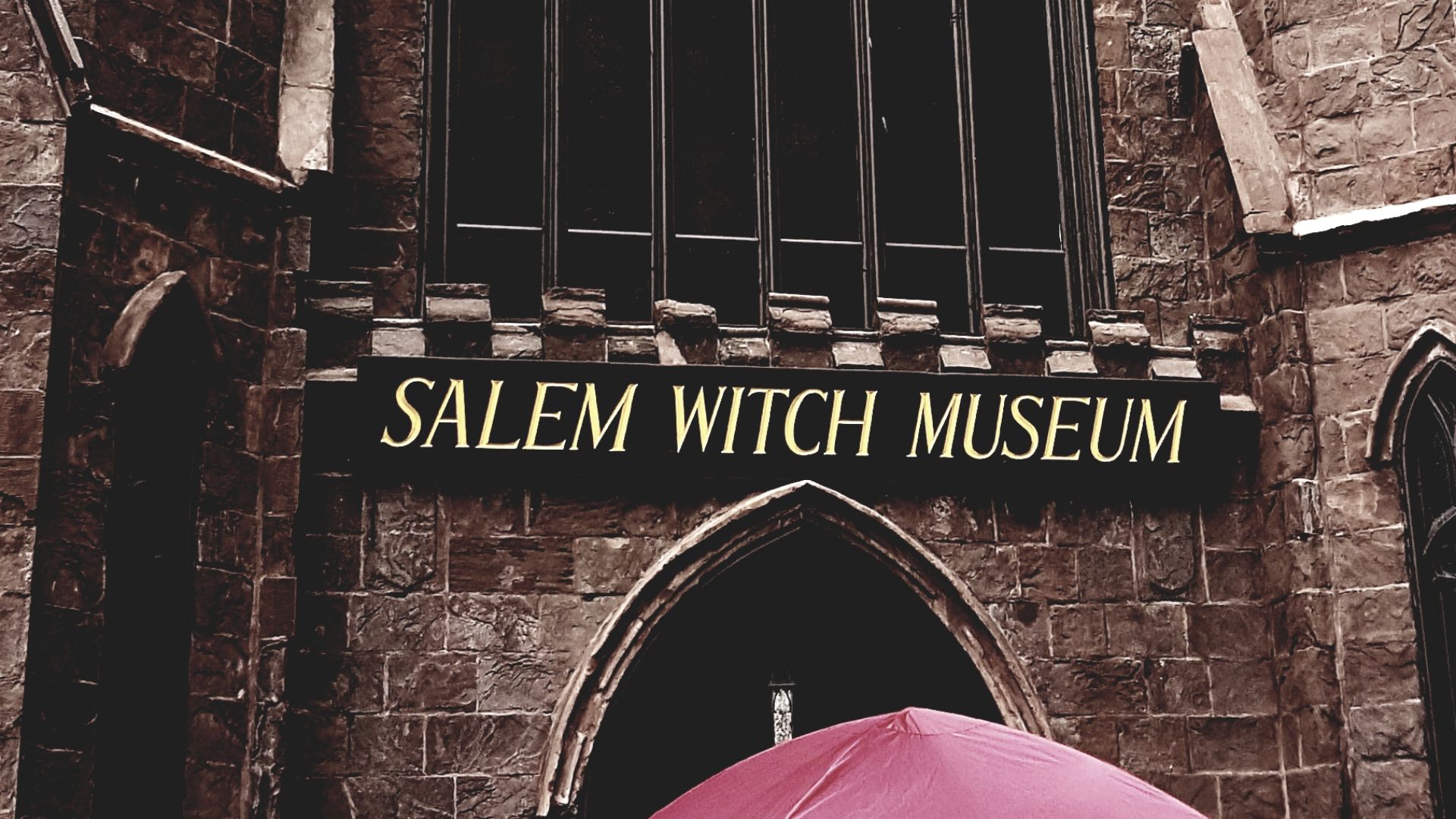 Francesca.hyanna19 on Wikimedia
Francesca.hyanna19 on Wikimedia
6. Ergotism Caused Hysteria
One of the most common "skeptical" arguments for the witch trials is ergotism. Ergotism is a type of poisoning brought on by tainted rye, leading to convulsions and delusions. While these behaviors line up with those of the "bewitched", it isn't necessarily true.
7. Float Tests Were Used
One of the most commonly-known tests to determine someone's innocence was the float test. The accused was submerged in water and deemed innocent if they sank, guilty if they floated (either way, they were reeled back in). Float tests were another European practice that never made it across the ocean.
8. Witch Hunts Were Common
While witchcraft trials were not uncommon, some people would have you believe that every Puritan village was conducting widespread witch hunts. It was the trials which were common, not widespread witch hunts. Salem was set apart by its scale.
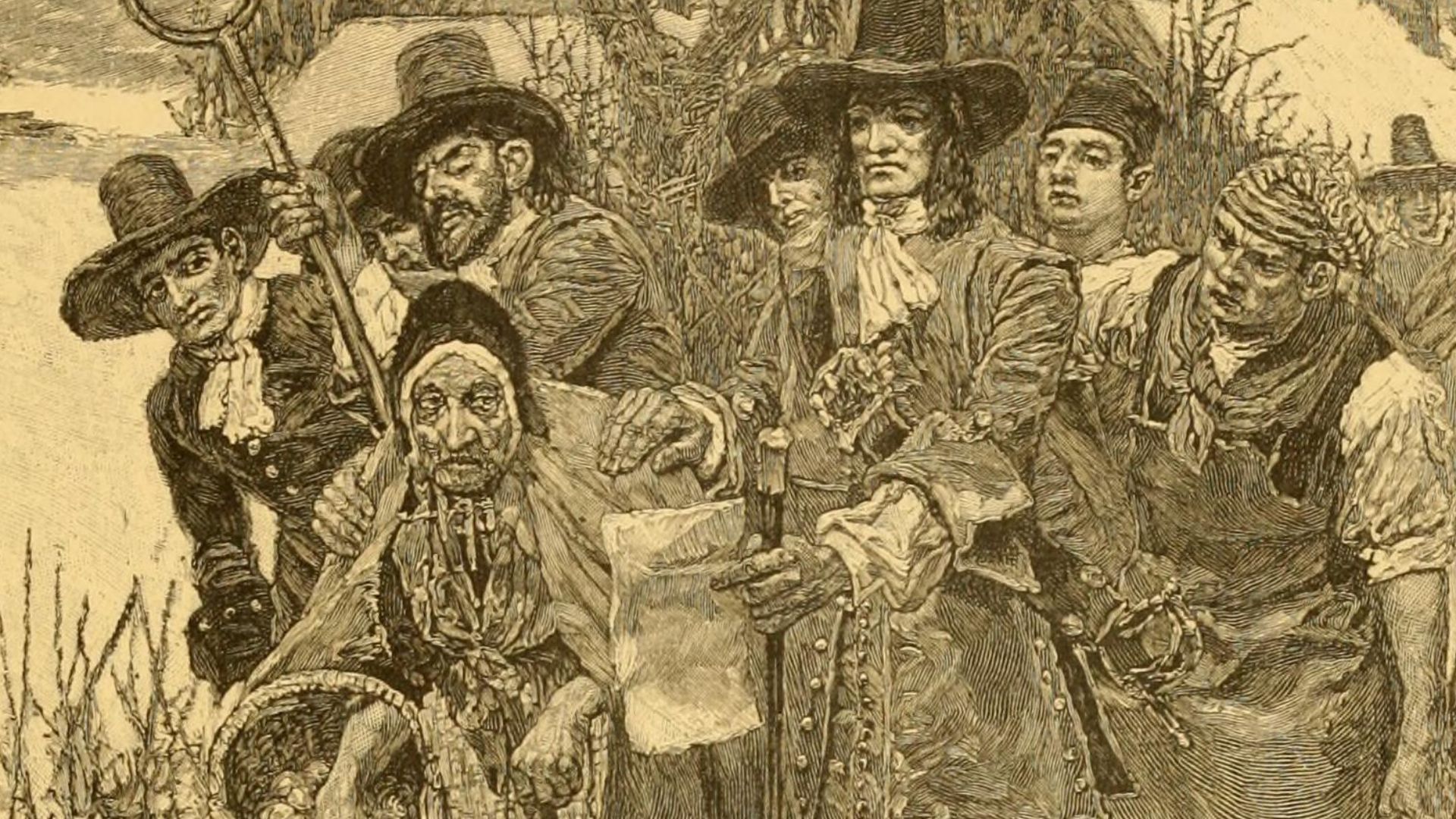 Internet Archive Book Images on Wikimedia
Internet Archive Book Images on Wikimedia
9. The Accused Were Pagans
Modern pagans like to reclaim the Salem martyrs as earlier practicioners of Wicca or other pagan religions. This simply isn't true. Even if a handful of the accused dabbled in herbology or midwifery, these practices were based in Christian folk magic.
10. Tituba Taught Magic
Tituba, an enslaved Indigenous woman from Barbados is one of the most misunderstood and maligned figures of the Salem witch trials. Similar to the belief that the accused were pagans, Tituba is frequently reclaimed as a practioner of non-Christian spirituality. The idea that she practiced or taught "voodoo" to Abigail Williams and her friends comes from Arthur Miller's play, The Crucible.
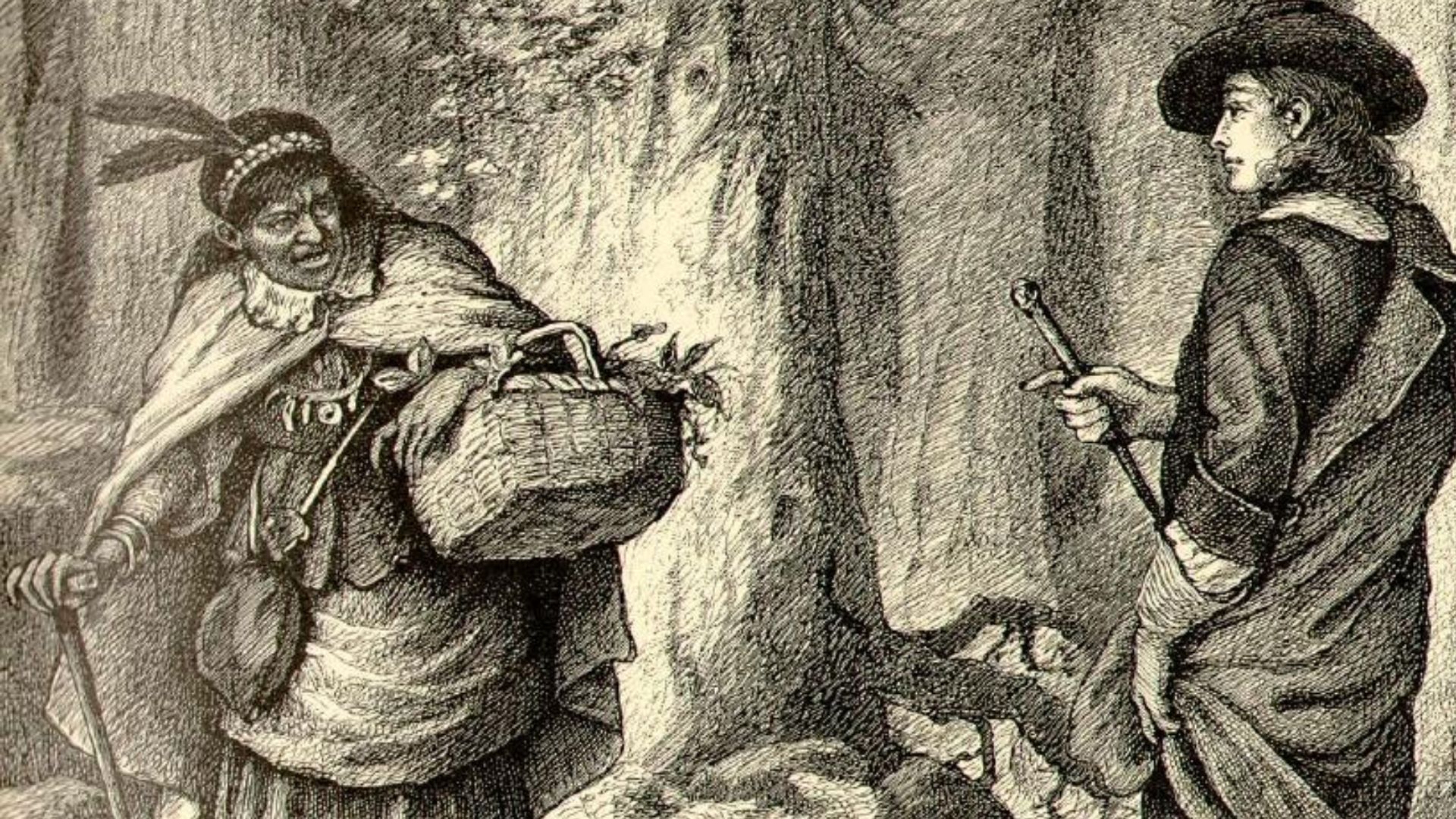 John Whetton Ehninger on Wikimedia
John Whetton Ehninger on Wikimedia
Now that we've gotten some common myths out of the way, let's explore the truth of the matter.
1. Witches Were Hanged
19 out of the 20 people sentenced to capital punishment were executed by hanging. At least five others succumbed to the fetid conditions of Salem jail. The only person to be executed by a method other than hanging was Giles Corey, who was pressed to death.
2. Men Were Accused
Speaking of Giles Corey, he was just one of several men to be accused and executed after being found guilty. Five other men were executed: George Burroughs, George Jacobs Sr., John Proctor, John Willard, and Samuel Wardwell Sr. However, Corey was the ony one to be pressed.
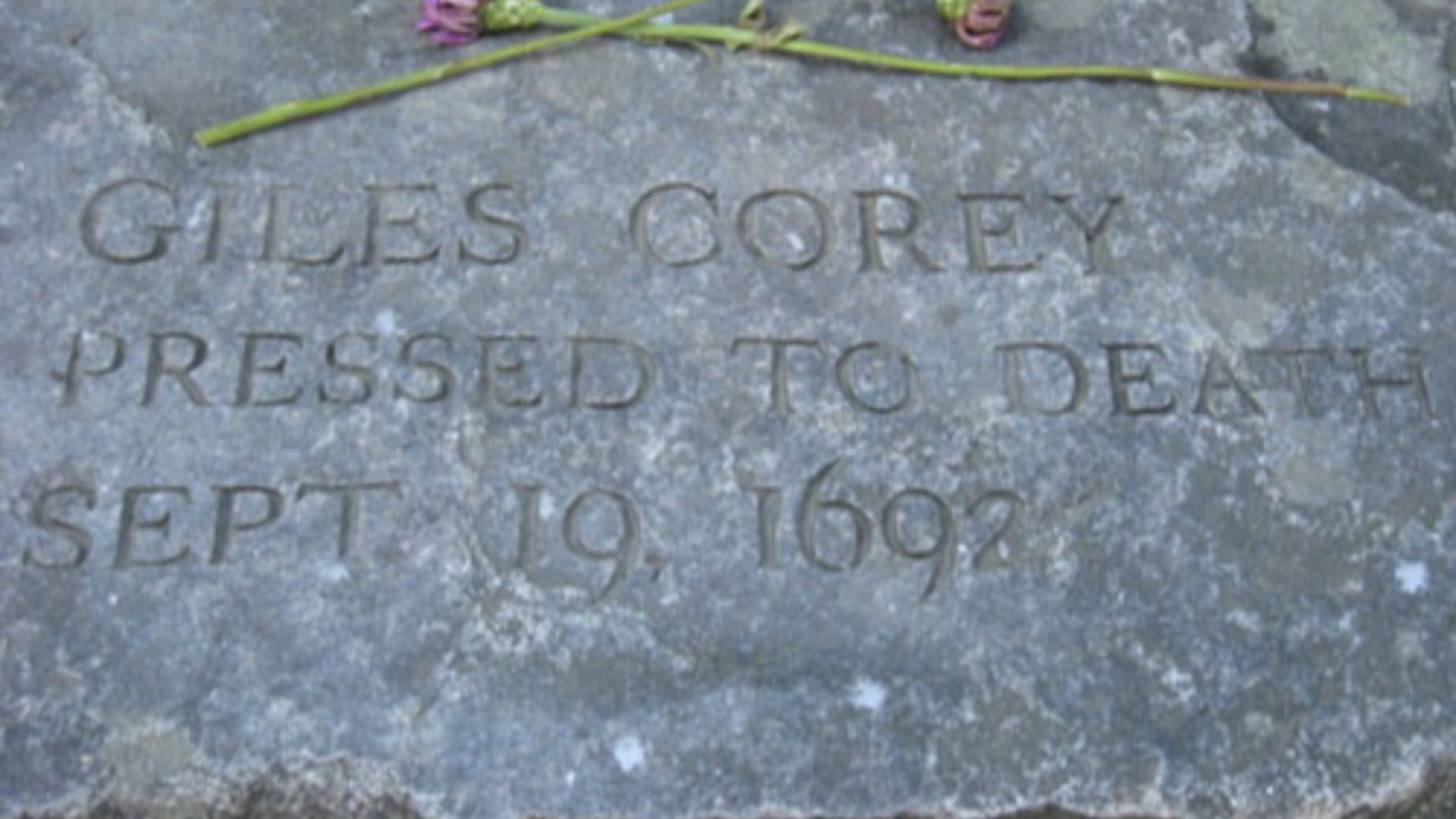 Remisser at en.wikipedia on Wikimedia
Remisser at en.wikipedia on Wikimedia
3. Not The First Witch Trial
Not only was Salem not America's first witch trial, it wasn't even the first in Massachusetts. America's first witch trial was held in Springfield, Massachusetts in 1645—nearly 50 years before Salem. Salem also wasn't the first case of witchcraft executions; the dubious honor went to Alse Young of Connecticut in 1647.
4. Caused By Land Disputes
While complex, the causes of the Salem witch trials are most easily understood as a series of land & political disputes. Salem was divided into two areas: Salem Village, a poorer farming community in the west, and Salem Town, a wealthier port in the east. Many of the accused were from Salem Village and their accusers from Salem town.
5. Not Just Salem
Not only was Salem just one of several cases of witch trials happening around the time, but several of the accused weren't even from Salem! While the trials and executions took place in Salem, the accused came from several communities. Some were from the Boston area, while others came from Andover.
6. Ergotism Was Debunked
If ergotism seems too good to be true, that's because it is. This theory was first proposed in 1976, at the height of the psychedelics craze, after which it was immediately debunked. By the 1690s, farmers knew how to spot and avoid bad rye.
7. Watching Tests Were Used
In addition to testing whether the accused could recite the Lord's Prayer, other invasive tests were used. One of the more common tests was to check the accused's body for a witch's mole used to suckle familiars. To ensure that the witch did not leave their body to commune with the Devil, they were kept awake and pacing for hours on end to force a confession,.
8. Salem Was An Anomaly
Part of the reason why Salem was so famous was because it wasn't a typical witch trial. Not only was it far larger than others of the period, but it threw the rulebook out the door. The courts were in a state of chaos; witnesses flung accusations mid-trial and several judges lacked legal training.
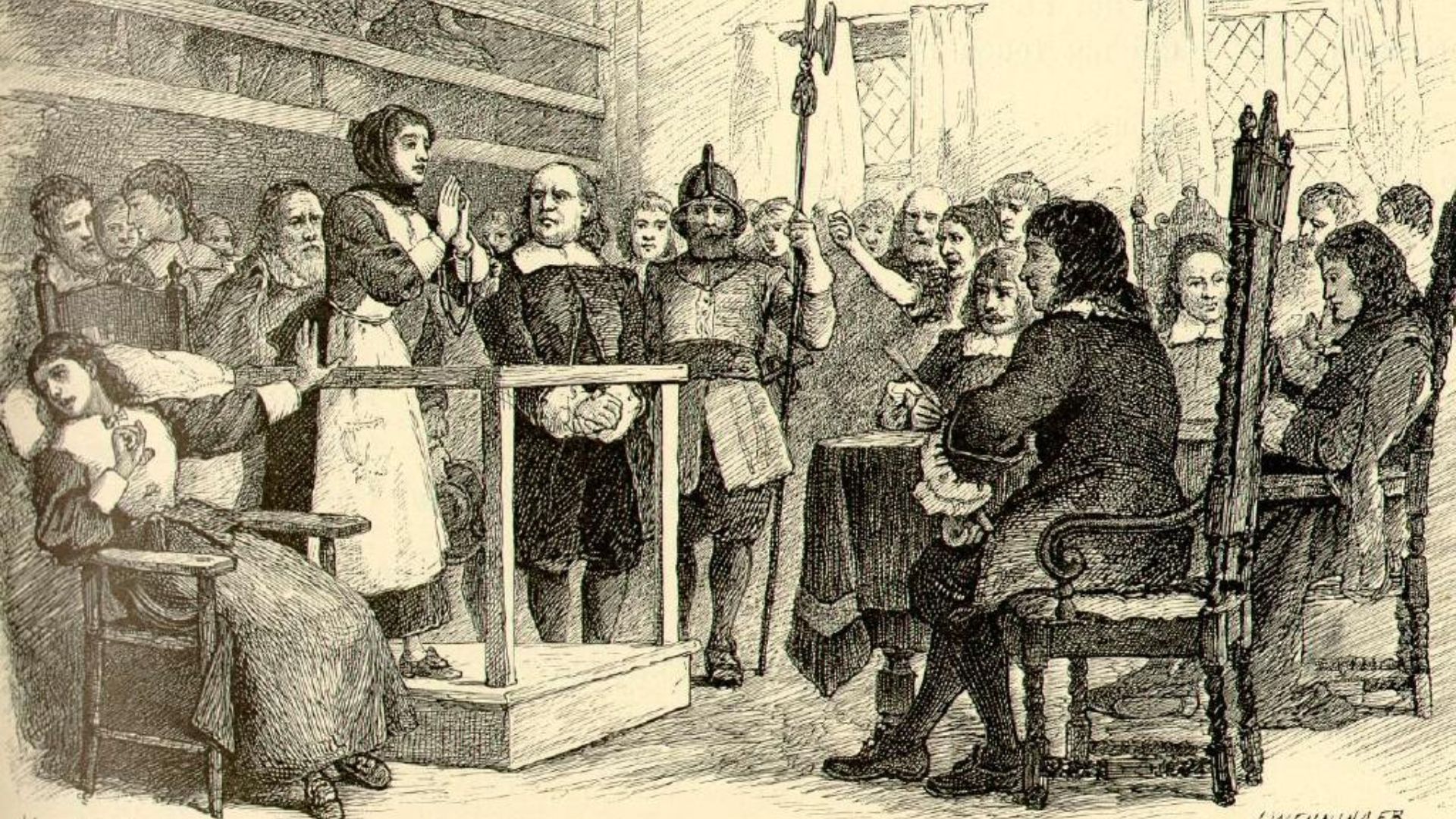 John Whetton Ehninger on Wikimedia
John Whetton Ehninger on Wikimedia
9. The Accused Were Christian
While witchcraft accusations certainly were used to target those believed to be practicing Christianity "incorrectly", this does not appear to be the case with Salem. Those accused in Salem were typical God-fearing Puritans of the time. Also, Pagans don't generally believe in the Devil.
10. Tituba Was Scapegoated
Tituba was the first person accused of witchcraft in Salem and was one of several to perish in jail. Tituba's position as a foreign, enslaved women set her outside of the accusers of Salem Village. Several others of the accused were marginalized in some way, by class or age rather than race.
KEEP ON READING

New Moon, Old Red Paint: A History Of The Chinese…
Ancient Emperors Ate Dumplings. The Chinese New Year is a…
By Megan Wickens Jan 28, 2025
The Biggest Thinkers Of All Time & Their Theories
We're Still Learning From Them Today. From Charles Darwin to…
By Emilie Richardson-Dupuis Jan 29, 2025
20 Wives From History That Are Cooler Than Their Famous…
"Behind Every Great Man, There Is A Woman". Many powerful…
By Megan Wickens Jan 14, 2025
20 Greatest Poets the World Has Ever Known
Beloved Poets of Our Time. There's more to poetry than…
By Christy Chan Jan 14, 2025
From School Plays To Starting A Cult: 20 Of The…
The Books That Made Us. Many people will tell you…
By Farva Ivkovic Jan 31, 2025
20 Facts About Jane Grey, The Forgotten Queen Of England
A Quick, Messy, and Tragic Reign. Lady Jane Grey never…
By Maria Cruz Jan 31, 2025

